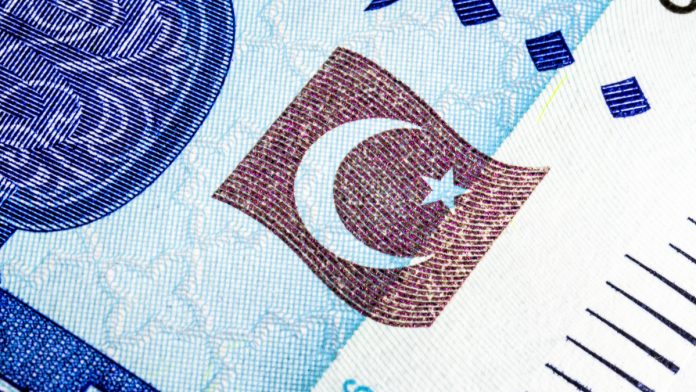- Pakistan Rupee is trading lower after minor gains on Wednesday
- Pakistan is still a challenging environment for business
- US Dollar looks to jobless claims for signs of labour market recovery
The US Dollar Pakistan Rupee (USD/PKR) exchange rate is advancing on Thursday after experiencing small losses in the previous session. The pair settled on Wednesday -0.04% at 165.93. At 09:30 UTC, USD/PKR trades +0.25% at 166.35.
A recent report by the US State Department the “Investment Climate Statements” for 2020 revealed that Pakistan remains a challenging environment for investors despite having a foreign investment regime that is relatively open. The report affirmed that due to the payments crisis that Pakistan was experiencing the government’s attention is on the immediate needs of the country and acquiring external financing via the IMF as opposed to working on its longer-term structural reforms.
The report concluded that Pakistan had made significant progress in those reforms, successfully reversing a large current account deficit and reducing inflation. However, it was still a challenging environment for foreign investors owing to unpredictable security, a difficult business climate, inconsistent tax policies and a lengthy dispute resolution process.
The US Dollar is trading broadly lower versus its major peers as investors look ahead to US labour market data. The weekly jobless claims figures are expected to show that 846,000 Americans signed up for unemployment benefits last week, down slightly from 881,000 the week before. This would mark the first time since the start of the pandemic that jobless claims came in below 1 million for two consecutive weeks.
Continuing claims, which paint a picture over the rate of rehiring are expected to come in at 12.9 million the week ending 29th August versus 13.25 million the prior week.
Lat week’s numbers showed a strong improvement from 1.01 million claims falling to 881,000., However this big drop was due to a technical change in the way that the Labour Department made its seasonal adjustments. Most economists believe that the change provided a more accurate count of jobless claims, although it does mean that another big decline in claims is unlikely.





